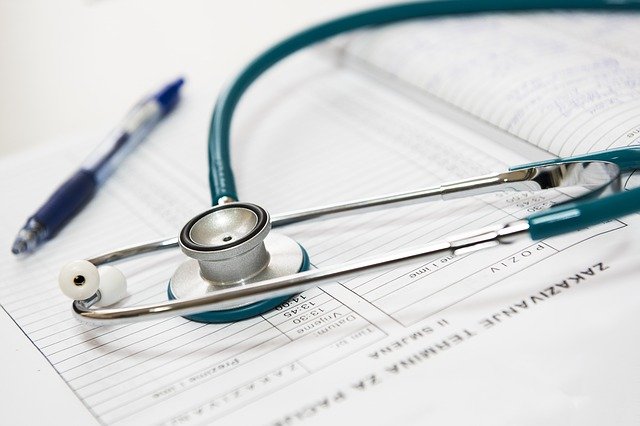Pneumonia is the infection of either one lung or both. When both the lungs get infected it is known as double pneumonia. When the pneumonia is mild enough that the visit to the doctor can be avoided and the child can carry out daily activities normally, it is known as walking pneumonia.
The lungs are an important part of the respiratory system. The air which is breathed in contains oxygen, which is filtered by the lungs. This oxygen then is carried around the body with the help of blood which is passed from the breathing tubes by the alveoli. Capillaries or the minute blood vessels are surrounded by small air sacs known as alveoli. There are over six hundred million alveoli in the human body. The air which is taken in is supplied to the alveoli; the oxygen extracted from the air is dissolved in the blood. Then it is the job of the red blood cells to distribute the oxygen to all the body parts. Oxygen is vital in the proper functioning of the human body and an insufficient supply of oxygen can damage the organs and sometimes can be life-threatening. This functioning is disturbed when the lungs get infected by pneumonia.
Pneumonia does not allow the lungs to function properly, because the infection produces fluid that obstructs the alveoli. In turn, the oxygen does not penetrate deep inside the lungs and lesser oxygen is supplied to the blood. The breathing is affected and the condition worsens when both the lungs get infected with pneumonia.
People of all ages from infants to old could get affected by pneumonia. It is a myth among people that getting wet makes a person catch pneumonia. But it is actually the virus or the bacteria which causes the infection. When a person infected with flu or cold faces a deterioration in his/her condition, he/she can be infected with pneumonia. This happens because the irritation caused by the flu or cold helps the pneumonia germs to get into the lungs easily and move around to spread the infection.
The virus or bacteria which cause pneumonia can cause damages, whose severity can depend on the health of the child. If the infection is caused by bacteria, the child will get sick very soon and can get a high-temperature fever accompanied by chills. Pneumonia caused by the virus develops very slowly and it takes a longer time to go away. The child can also experience cough, chest pain, headache, and or muscle ache. It can also make it difficult to breathe, so the child will start to breathe faster which may make him cough out gloppy mucus. The child would have to totally abstain from eating.
When given the right treatment, the child can recover fully. The doctor will first examine the heartbeat and breathing with the help of the stethoscope. The stethoscope also helps to check the lungs, the sounds made by the lungs help to determine if it contains any fluids. Sounds such as crackling or bubbling are indications of pneumonia. A chest X-ray will be taken too. A white patchy area will show fluid buildup. By looking at the X-ray, the doctor can also determine whether the infection is caused by bacteria or viruses. If it is caused by bacteria, antibiotics will be prescribed. And if it is difficult for the child to swallow the medicine or to retain it inside, he/she will be injected with IV fluid. And if the virus is responsible for the infection, antibiotics won’t work. Fever reducers, along with cough medicine, will be given in this case. The medicines will be of no use if the child doesn’t take adequate rest and plenty of liquids.
Shots can be taken to prevent pneumonia. These series of shots are called pneumococcal. Regular flu shots can also prove helpful, especially for kids who have asthma or other kinds of lung infections. Rest and sleep also strengthen the immune system. Washing hands regularly can keep harmful germs at bay.
Views: 1









